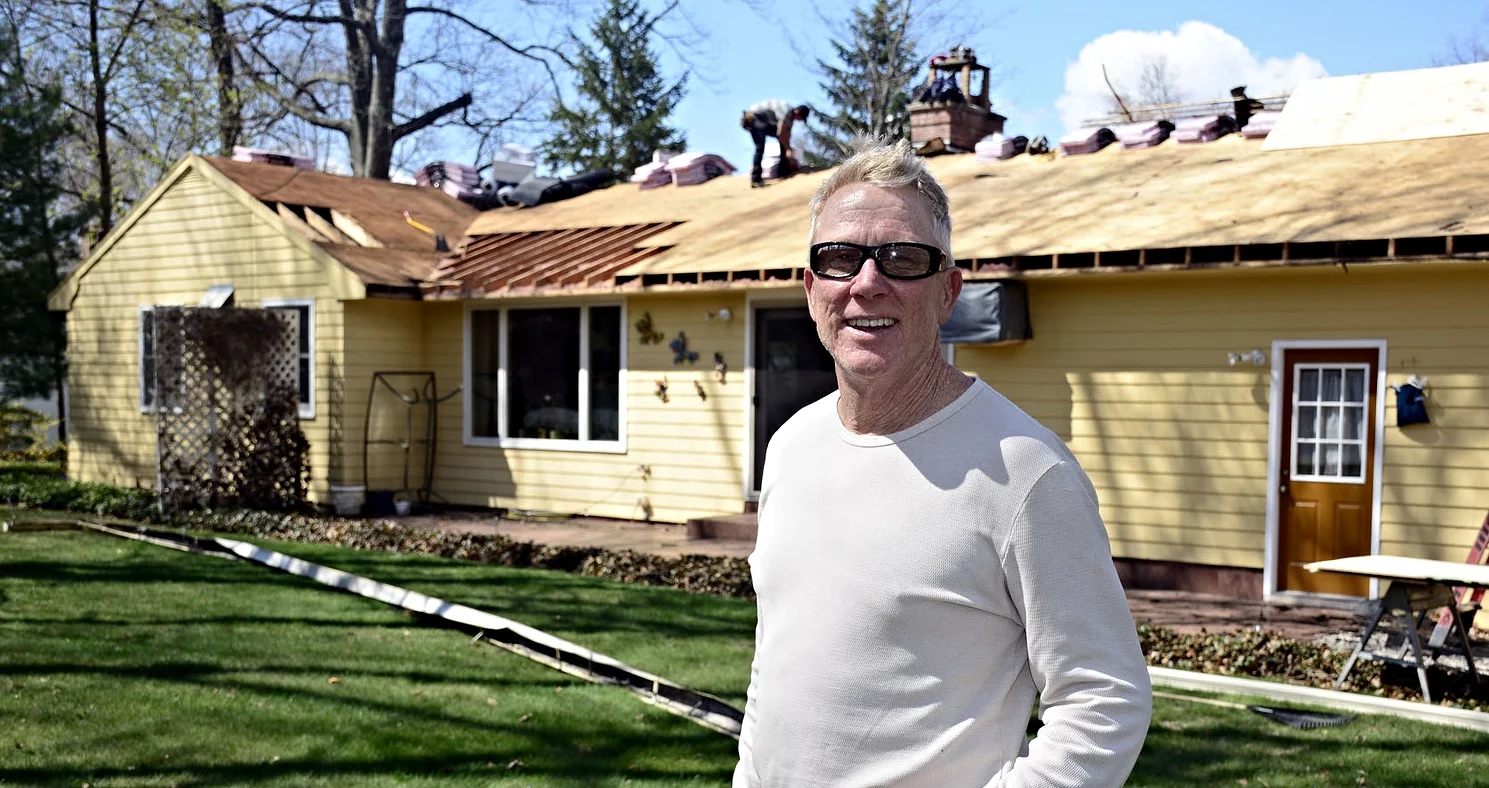Get Rid of Roof Algae Before It Gets Rid of Your Roof
Chelsea O'Donnell
With the humidity and recent rain we’ve had, I see awful black stains forming on roofs all over town, and many homeowners are asking me what to do about it.
Roof stains aren’t pretty, but the real problem is much more than just cosmetic. The stuff that’s landed isn’t dirt or debris - it’s living, breathing algae. If left on your roof for long periods of time, it can eat at your shingles causing corrosion and eventual wood rot. As this fungus is happily munching away at your home, it’s also lowering the roof’s lifespan, tearing up your warranty, and putting a strain on your property value. With so much potential for long-term problems, I’d recommend taking a close look at your roof and getting a clean up scheduled right away.
We’ve had our fair share of heat and humidity this summer, which makes for perfect algae breeding ground. When you think of algae, you probably think of the slimy stuff that floats in ponds or lakes and you’d be right. The wind, birds, and other animals carry the spores from water to land, and when a spore hits a roof, you might as well have dropped it into heaven. Spores are alive and they feed off the limestone in our asphalt shingles. As long as they have something to eat and the environment stays warms and wet, they will continue to grow. This is why many roofs only see mold action on certain sides, specifically the north side which often sees the sun last and for the least amount of time.
So why does algae grow in patterns? It doesn’t, but if you see strips of growth on certain parts of your roof and not a trace in others, it’s because algae is effectively allergic to copper, zinc and galvanized metal, which is generally found in the flashing underneath the roof.
So besides installing metal flashing here there and everywhere, what else can you do to get rid of algae?
Household bleach is a no-no. It might seem like an easy and effective easy to get rid of the problems, but the sodium content can do irreversible damage to your shingles and kill the plants that sit under the roofline. The same goes for sodium hydroxide, otherwise known as lye.
Not to worry, there are plenty of non-toxic cleaners out there that will get rid of the algae without damaging your roof. Some can take up to a year to dissolve very serious mold and mildew, but the good thing about them is that they are non-toxic and can prevent mold from coming back in the future.
I clean multiple roofs every week, so a word to the wise. Be very careful if you decide to take on this project yourself as the cleaning solutions are very slippery and can easily cause a nasty fall. If you’re not comfortable with heights or aren’t as dexterous as you used to be, call a pro to handle the job.
Bob O’Donnell is the owner of O’Donnell Bros. Inc., a Bristol-based home improvement company established in 1975. Email your questions to info@odonnellbros.com with the subject line “Ask the Pro.” All questions may be considered for publication. To contact Bob for your remodeling needs, call O’Donnell Bros. Inc. at (860) 589-5155 or visit http://www.odonnellbros.com. Advice is for guidance only.
